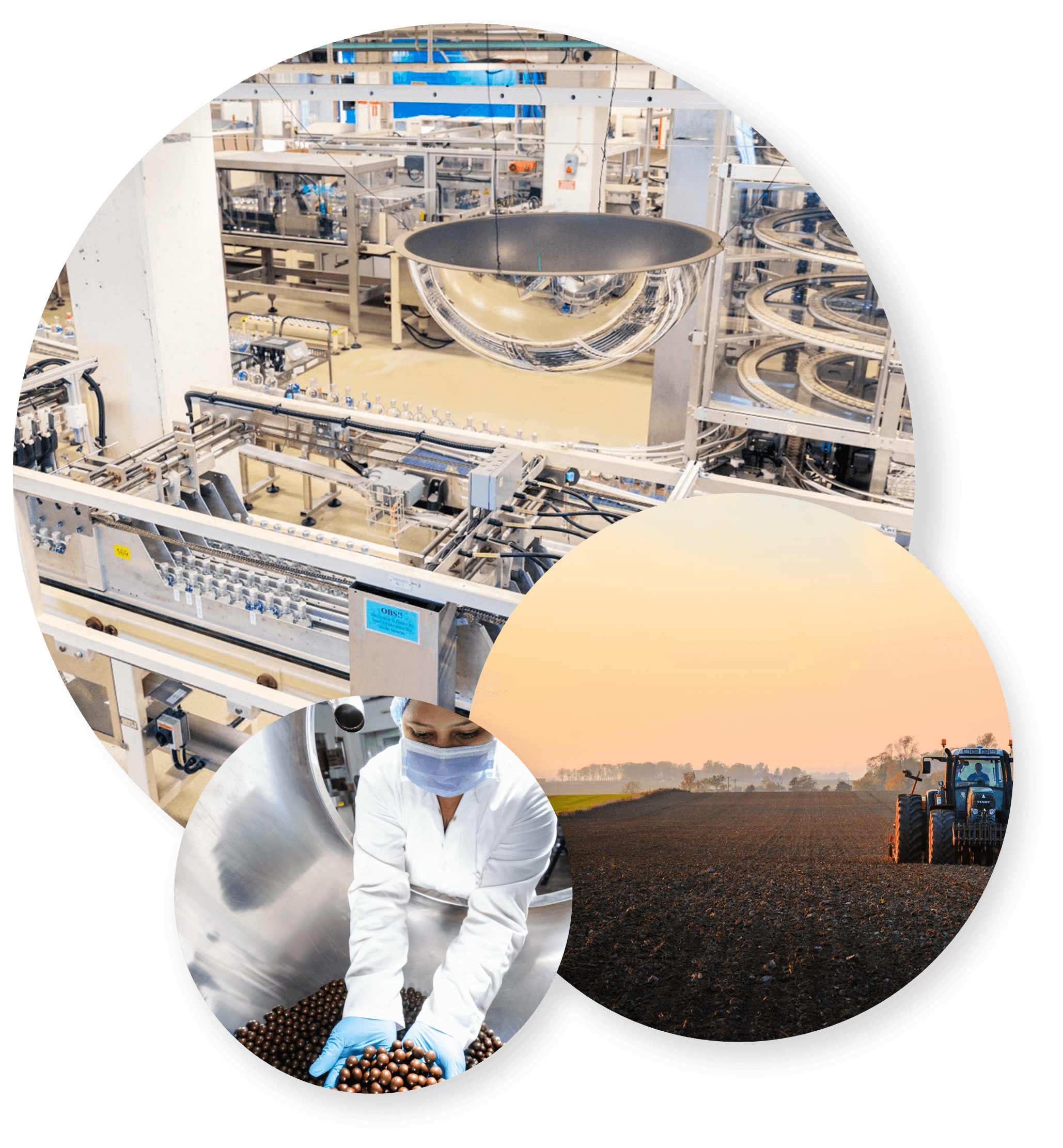In 2030, the profitability and resilience of the Swedish food sector have been strengthened thanks to increased resource efficiency and sustainable production methods.
By the middle of this century, it is estimated that the global food system needs to feed another two billion people. This corresponds to the same increase that occurred between 1990 and 2015 and which led to a system that has exceeded the limits considered sustainable over time. This applies primarily to biodiversity, plant nutrient flows, and land use. If we are to meet the challenge from a Swedish perspective, we must develop our national food system to become more environmentally, economically, and socially sustainable.


In 2030, the profitability and resilience of the Swedish food sector have been strengthened thanks to increased resource efficiency and sustainable production methods.
By the middle of this century, it is estimated that the global food system needs to feed another two billion people. This corresponds to the same increase that occurred between 1990 and 2015 and which led to a system that has exceeded the limits considered sustainable over time. This applies primarily to biodiversity, plant nutrient flows, and land use. If we are to meet the challenge from a Swedish perspective, we must develop our national food system to become more environmentally, economically, and socially sustainable.

RESOURCE-EFFICIENT PROCESSING
Food processing based on Swedish added values is done more resource-efficiently and profitably. This is achieved through more efficient utilisation of industrial production capacity as a whole and through increased use of new technology with focus on automation and digitalisation in the Swedish food industry. It also includes more efficient utilisation of energy, water, and other inputs, and through optimised design of production processes and alternative techniques. We need development of resource-efficient packaging solutions with reduced use of plastics, an increased proportion of renewable raw materials, and use of alternative techniques. In addition, new technologies for more resource-efficient small-scale food production must be developed, as well as increased flexibility in the food supply chain to be able to quickly adapt in a crisis.

RESOURCE-EFFICIENT AGRICULTURE
Swedish agriculture has comparatively high productivity but needs to be developed to become even more resource-efficient and profitable based on our Swedish added values. This means being able to take advantage of soil production capacity and ecosystem services by developing knowledge and solutions in soil biology, plant protection, and plant nutrient cycles. Sustainable use of water needs improving. The production of plant-based raw ingredients must be streamlined and made more sustainable through, for example, modern plant breeding and variety testing.
The production of animal products must be streamlined throughout the value chain while retaining high quality and maintaining proper animal welfare. The emerging aquaculture has a unique opportunity to combine high efficiency with sustainability through new technologies. There is also great potential for the fishing industry by combining good stewardship with better utilisation of bycatches and under-utilised species.
New technology with focus on automation, digitalisation, and electrification plays an essential role in sustainable efficiency.

RESOURCE-EFFICIENT MEALS
Resource efficiency and profitability need to increase in restaurants and catering. The meal sector is growing rapidly and needs to increase its use of new technology, including automation and digitalisation. Processes and logistics in the meal sector value chain – from purchasing to preparing and serving as well as food waste control – must be optimised. This includes more efficient use of energy, water, and other inputs. The meal sector is labour intensive and labour planning and organisation therefore need to be optimised.

REDUCED FOOD WASTE
Food waste costs huge amounts of money and has a very negative impact on the environment. Reduced food waste at all stages of the chain is thus required. The time between production and disposal with retained quality must be extended. This involves designing strategies to manage variation in ingredients and developing smart and efficient logistics chains. Production must be steered towards becoming more demand-driven while increasing awareness of the needs for reduced food waste at all stages of the food chain. The food waste that still occurs must be handled with care to utilise the resources required in the process.

MORE PLUS, LESS MINUS
Increasing resource efficiency requires both reduced negative and increased positive environmental impact. This involves viewing environmental impact from a system point-of-view to avoid sub-optimisation of individual aspects and establishing a common target image of the food supply chain’s environmental impact and what characterises a sustainable food system. Biodiversity must be ensured, and environmentally hazardous emissions must decrease while production increases. There is also a need to make it easier for consumers to make sustainable decisions in their choice of foods.

INCREASED CIRCULARITY
With reduced food waste and improved resource householding comes increased circularity across the food sector. This means better utilisation of by- and residual products to create value. This applies especially to primary production – mainly fruits and greens – and to packaging, where today’s recycling system is approaching its maximum level. Householding with important plant nutrients needs to be improved. One way to achieve this is to develop fully or partially closed circular systems for food production. It is also important to design a regulatory framework that enables increased circularity.

INCREASED RESILIENCE
An important aspect of a sustainable food system is trust in the system even in a time of crisis. Resilience therefore needs to increase through a well-functioning system even in a crisis. Supply capacity in the event of a crisis must be ensured through secure supply of raw ingredients, production capacity, and logistics. Climate change also makes it necessary to advance and adapt primary production. Adapting includes the development of diverse farming that creates conditions for resilience. For good supply capacity in the event of a crisis, the entire food system must be developed into a flexible and robust value chain.
CASE
Absolut track of resources
All the wheat used to make Absolut Vodka is grown in the Province of Skåne with careful documentation and monitoring of cultivation efforts and measures. Among other things, Pernod Ricard Sweden works with the Swedish University of Agricultural Sciences to design a resource-efficient farming technique that involves, for example, crop sequencing and soil health. By-products from the process in the form of gluten, water-soluble proteins and distiller grains are utilised. Gluten is used in the baking industry and other proteins are used in feed or, in smaller quantities, in foods. The distiller grains go back into farming as feed and although they do not go to the exact farms that grew the crop, it is still a regional cycle.
Today, 90 percent of the energy used in production comes from green energy, heat recovery, or district heating. Over the past ten years, carbon dioxide emissions have been reduced by 80 percent.
Last year, in order to inspire the company’s customers to recycle the well-known – iconic – bottle, a limited edition was launched in bottles that consisted of at least 41 percent recycled glass.


